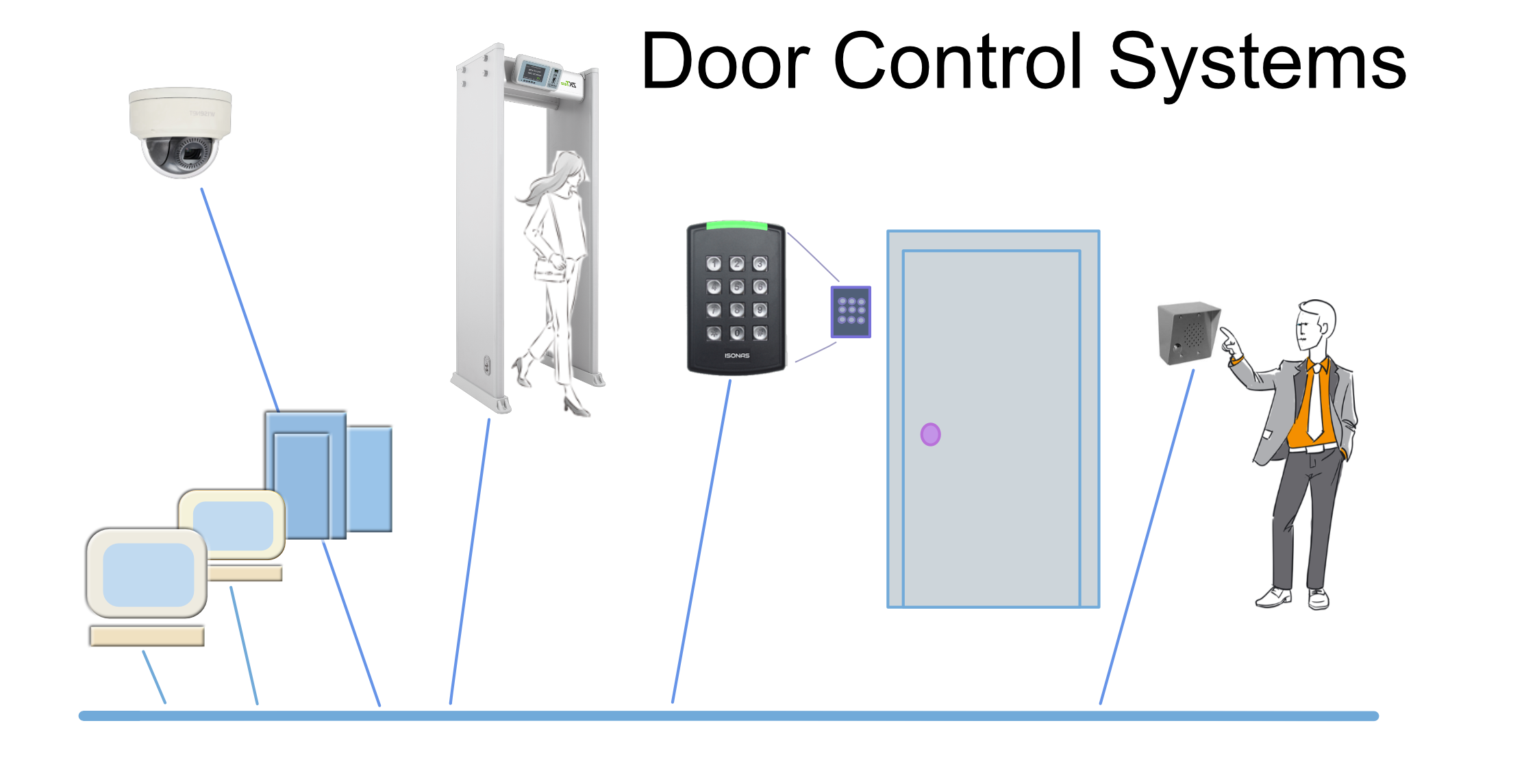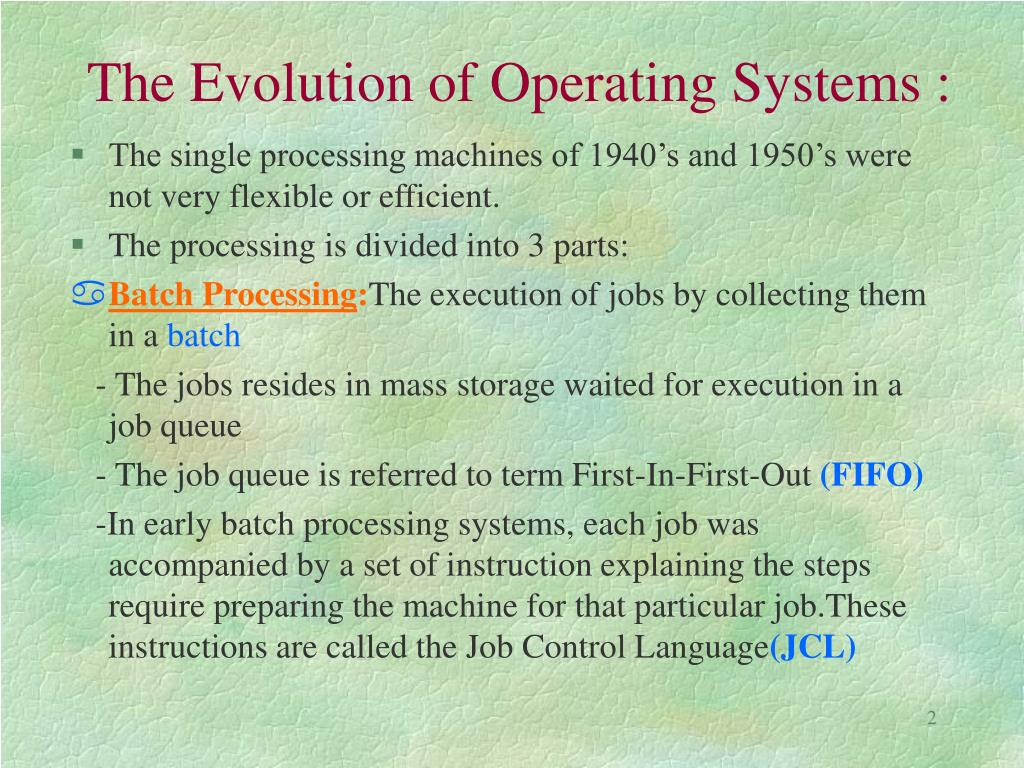THIRD GENERATION OF OPERATING SYSTEM Presentation
| Introduction | ||
|---|---|---|
| The third generation of operating systems refers to a period in the development of computer operating systems from the late 1960s to the early 1970s. These operating systems marked a significant shift in terms of design, functionality, and user experience. The third generation of operating systems laid the foundation for many modern operating systems that we use today. | ||
| 1 | ||
| Key Features | ||
|---|---|---|
| Multiprogramming: Third-generation operating systems supported the execution of multiple programs concurrently, allowing for efficient utilization of computer resources. Time-sharing: These operating systems facilitated the sharing of computing resources among multiple users or processes, enabling interactive computing and efficient task scheduling. Virtual Memory: Third-generation operating systems introduced the concept of virtual memory, which allowed programs to use more memory than physically available by utilizing disk storage as an extension of RAM. |  | |
| 2 | ||
| Advancements in User Interface | ||
|---|---|---|
| Graphical User Interface (GUI): Third-generation operating systems started to incorporate graphical interfaces, making computers more accessible and intuitive for users. Command Line Interface (CLI): Although GUIs became more prevalent, CLI remained an essential part of third-generation operating systems, providing advanced control and flexibility to users. File Management: These operating systems introduced hierarchical file systems, allowing users to organize and access their files more efficiently. |  | |
| 3 | ||
| Notable Third Generation Operating Systems | ||
|---|---|---|
| Unix: Developed in the late 1960s, Unix became a widely used and influential operating system, known for its multitasking capabilities and modular design. IBM OS/ 360: Released in 1964, IBM OS/ 360 was a significant step towards standardized operating systems and introduced features like time-sharing and virtual memory. Multics: Multics, developed in the 1960s, was a pioneering operating system that introduced many concepts still used today, such as hierarchical file systems and ring protection. |  | |
| 4 | ||
| Impact on Modern Operating Systems | ||
|---|---|---|
| Many concepts and features introduced in third-generation operating systems are still prevalent in modern operating systems. The principles of multitasking, time-sharing, and virtual memory are fundamental to the functioning of modern operating systems. Graphical user interfaces, file management, and command line interfaces continue to be essential components of modern operating systems. | ||
| 5 | ||
| Security and Protection | ||
|---|---|---|
| Third-generation operating systems began to address security concerns by implementing access control mechanisms and user authentication. Ring protection mechanisms were introduced to prevent unauthorized access to critical system resources. These early efforts laid the foundation for the development of more sophisticated security features in subsequent operating system generations. | ||
| 6 | ||
| Limitations and Challenges | ||
|---|---|---|
| Third-generation operating systems were resource-intensive and required powerful hardware to run efficiently. The lack of standardization among different operating systems created compatibility issues and hindered software development. These operating systems had limited support for networking and lacked the advanced communication capabilities found in modern operating systems. | ||
| 7 | ||
| Evolution of Third Generation | ||
|---|---|---|
| The third generation of operating systems continued to evolve, leading to the development of fourth-generation and subsequent operating systems. Fourth-generation operating systems introduced advancements like distributed computing, client-server architecture, and improved networking capabilities. The third generation of operating systems played a crucial role in shaping the direction of future operating system development. | ||
| 8 | ||
| Future Trends | ||
|---|---|---|
| Modern operating systems continue to evolve, incorporating new technologies like virtualization, cloud computing, and artificial intelligence. The focus on security and privacy has become more critical, with operating systems implementing advanced encryption and access control measures. The integration of mobile and desktop operating systems, along with the rise of Internet of Things (IoT), presents new challenges and opportunities for operating system development. | ||
| 9 | ||
| Conclusion | ||
|---|---|---|
| The third generation of operating systems marked a significant milestone in the evolution of computer operating systems. These operating systems introduced key features such as multiprogramming, time-sharing, and virtual memory that are still integral to modern operating systems. The advancements made in user interface, security, and resource management during this period paved the way for further innovation in subsequent operating system generations. | ||
| 10 | ||
| References (download PPTX file for details) | ||
|---|---|---|
| Stallings, W. (2018). Operating Systems: Inte... Tanenbaum, A. S., & Bos, H. (2014). Modern op... Your third bullet... |  | |
| 11 | ||





